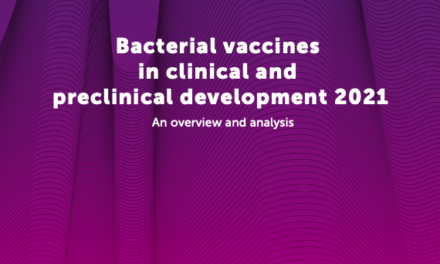A groundbreaking study led by researchers from Tufts University School of Medicine has unveiled a promising new compound capable of reversing severe lung damage caused by influenza infection. Published in the journal Nature, the study introduces a novel approach to combatting flu-related complications by targeting a destructive cellular process known as necroptosis.
As the influenza virus ravages lung cells, it triggers necroptosis—a cell death response that, if left unchecked, can lead to life-threatening injury to lung tissue. By releasing molecular signals, necroptosis alerts the immune system to combat the infection. However, sustained necroptosis can result in excessive inflammation and tissue damage.
In their study, the research team focused on developing a compound capable of blocking necroptosis and preventing lung injury in mice infected with influenza. The compound, named UH15-38, effectively inhibits the activation of the receptor interacting protein kinase 3 (RIPK3) pathway—an essential step in the necroptosis process.
“By removing necroptosis, we can restrict viral replication without causing extensive damage to the lungs,” explains Alexei Degterev, co-corresponding author of the study and associate professor at Tufts University School of Medicine. “UH15-38 reduces inflammation in the lungs by inhibiting the RIPK3 pathway activation, offering a promising therapeutic strategy for severe flu infections.”
Crucially, UH15-38 demonstrated excellent tolerability in mice and proved effective in preventing influenza-related deaths, even when administered several days into the infection course. The compound’s success in mitigating lung injury highlights its potential as a treatment for severe flu infections and other respiratory diseases triggered by viral pathogens.
“If these results translate into further preclinical and human trials, compounds like UH15-38 could offer a vital means of protecting individuals from the most severe flu infections,” notes Degterev. “Moreover, this approach addresses the challenge of inflammation management—a critical aspect in combating respiratory diseases.”
The collaborative effort behind the study involved researchers from various institutions, including Fox Chase Cancer Center, the University of Houston, and St. Jude Children’s Research Hospital. The team’s ongoing research aims to refine UH15-38 and explore its potential applications in addressing other respiratory diseases.
As the world remains vigilant against future pandemics, the development of compounds like UH15-38 offers a glimmer of hope in the fight against infectious diseases. With continued research and clinical trials, these innovative therapies could revolutionize the treatment landscape and provide much-needed protection against respiratory pathogens.
For more information on the study and its findings, refer to the publication in Nature (2024).










